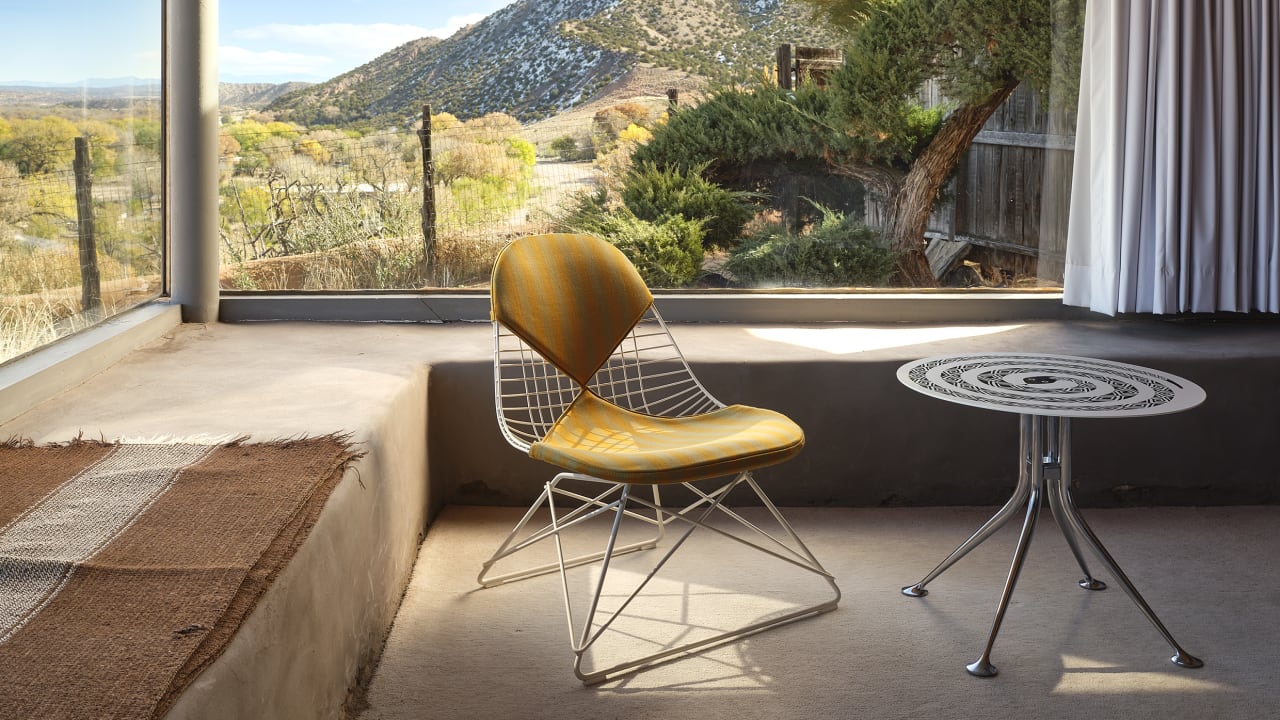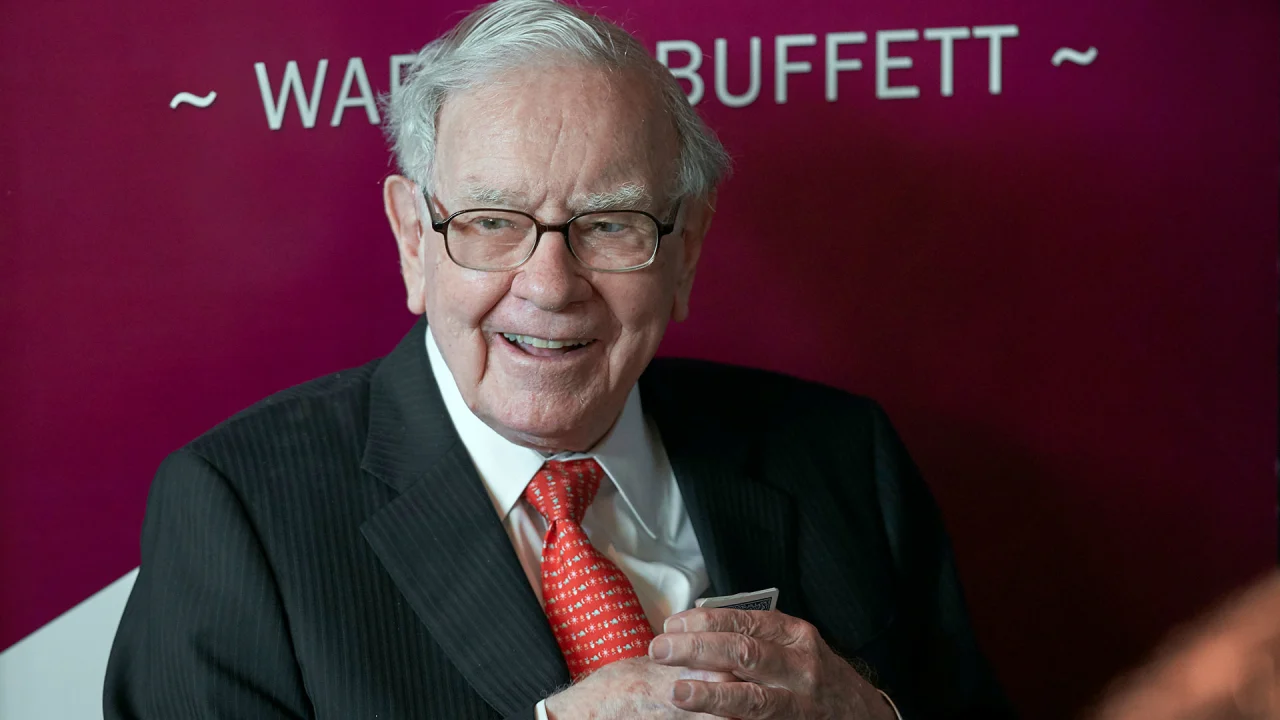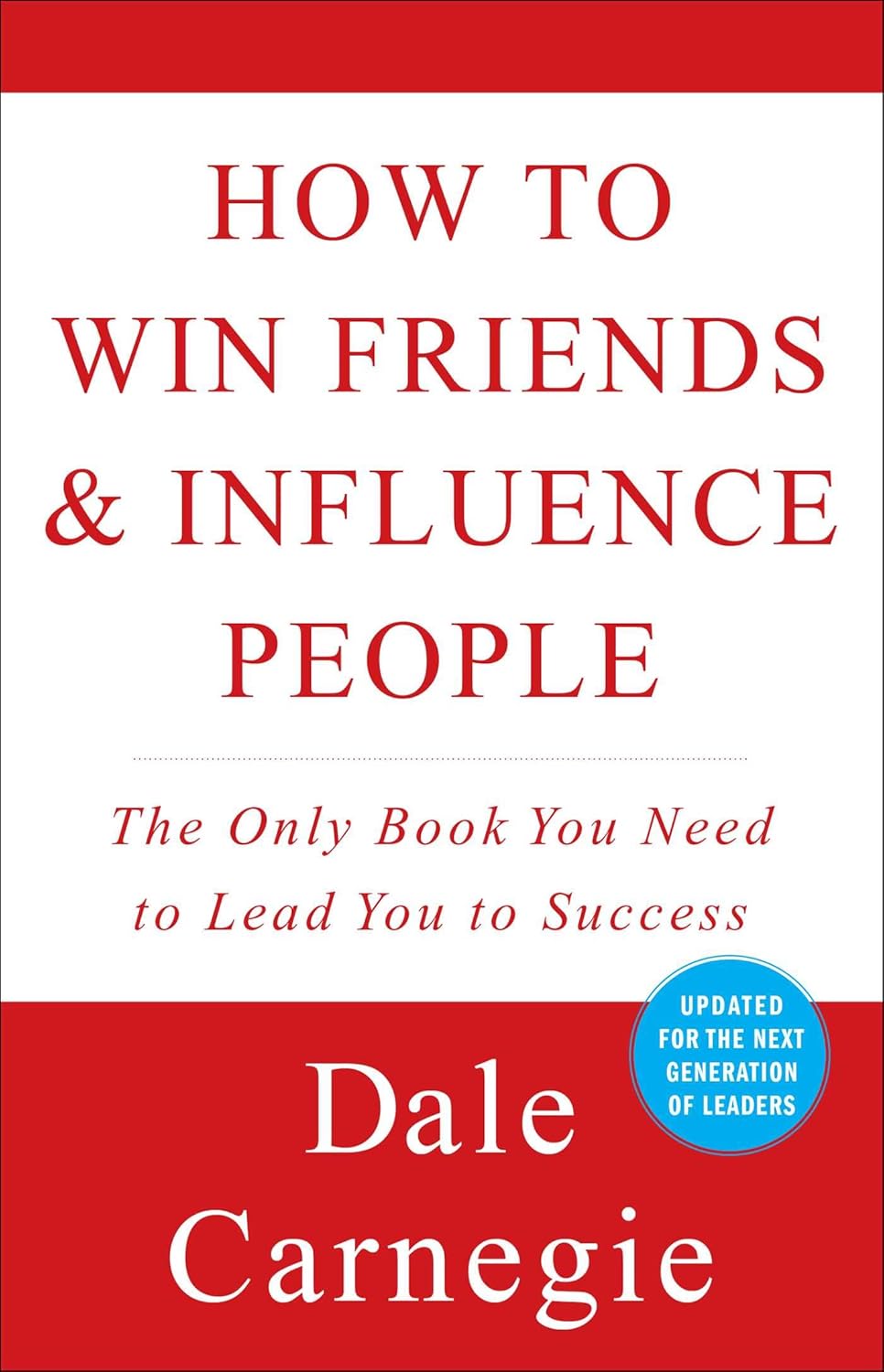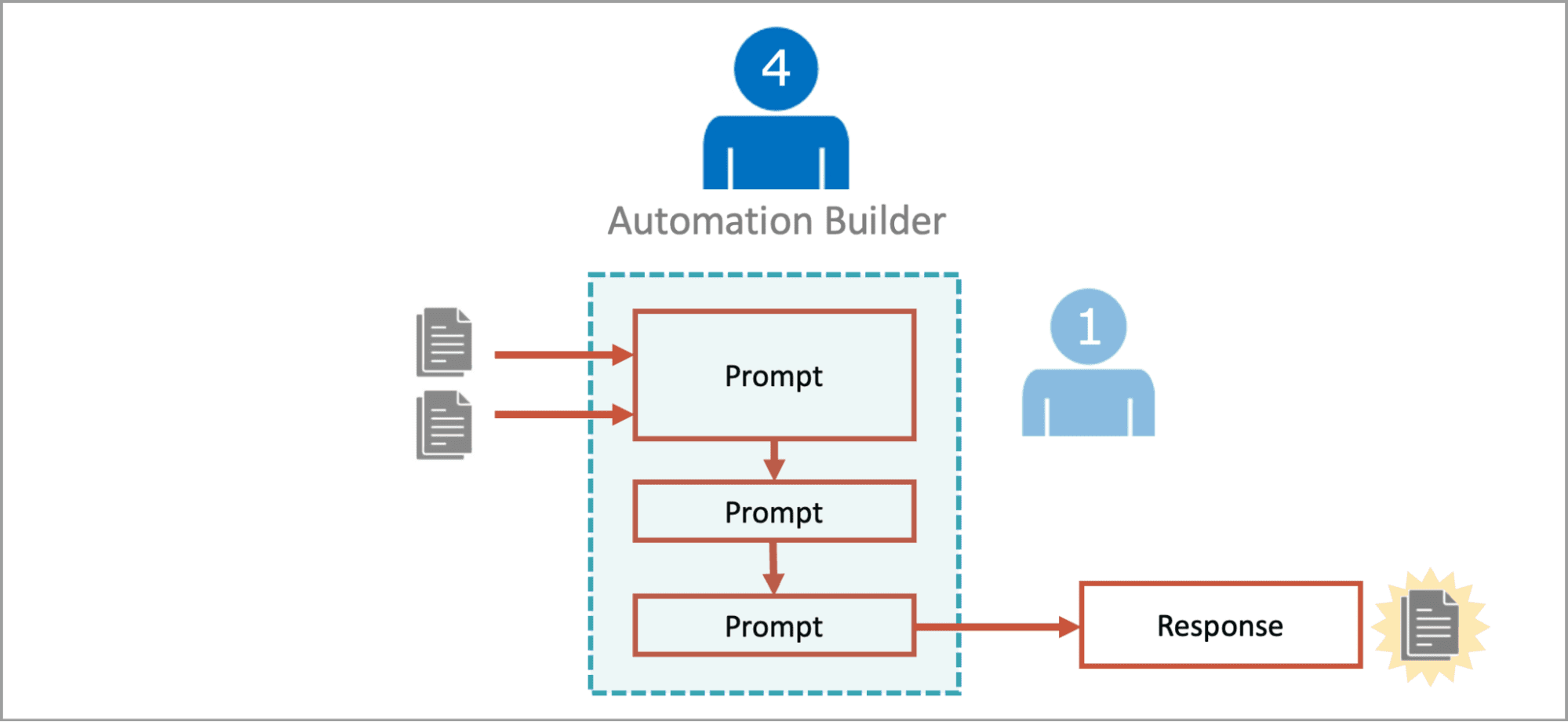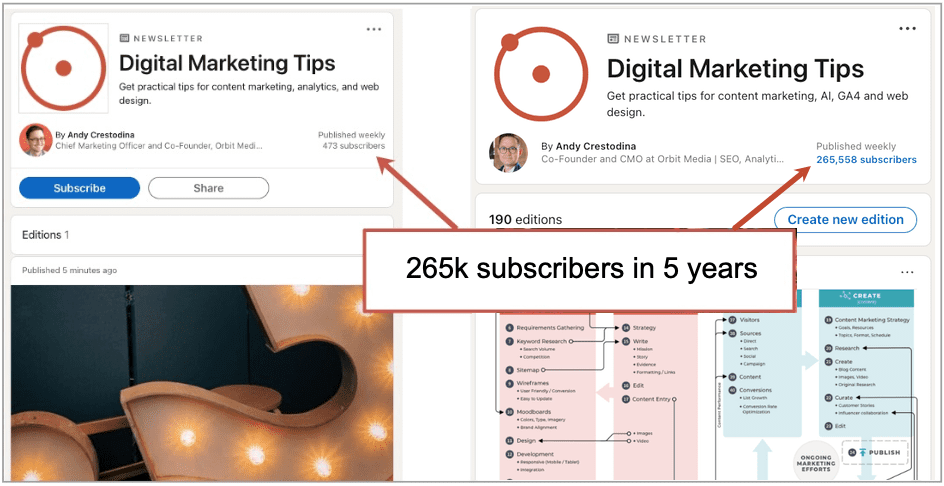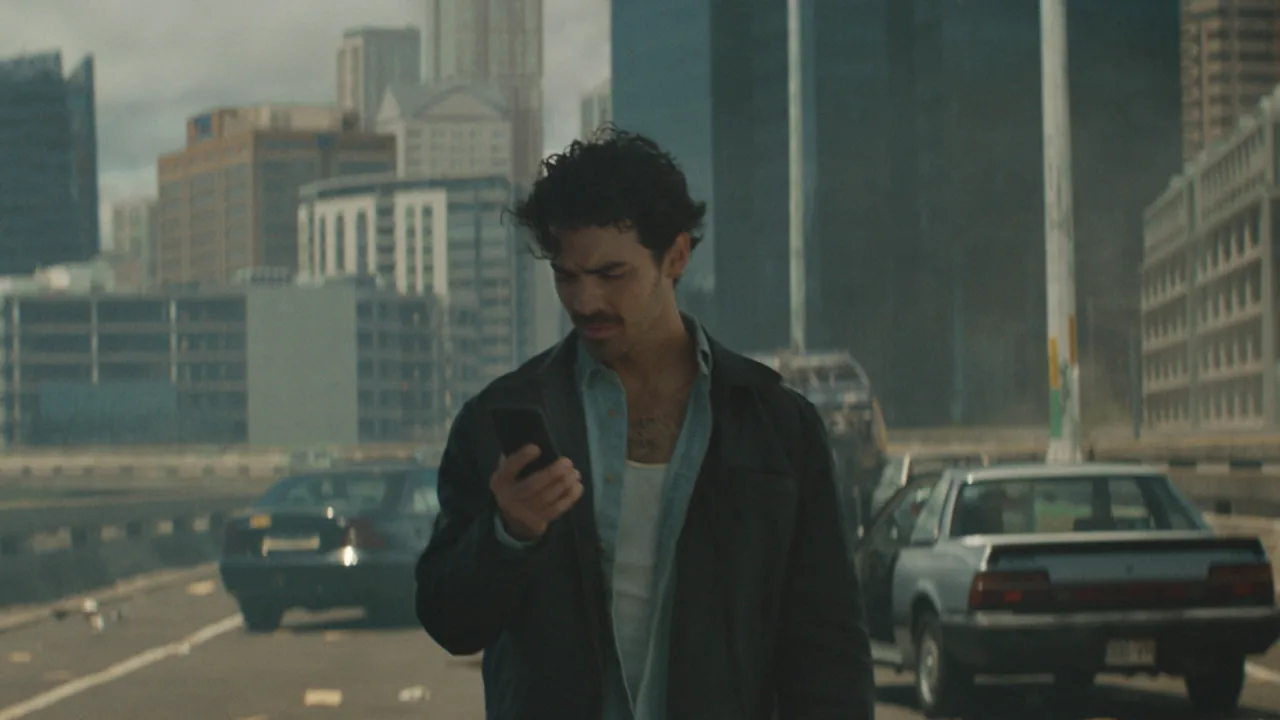Would you pay $20,000 for a painted portrait? Your neighbor might
A little over two years ago, AI avatars took the internet by storm as people flocked to apps like Lensa, which generated idealized, often fantastical portraits of themselves. But in the ever-elusive offline world, another, quieter trend has been bubbling up: real portraits, made by real people. Portrait commissions have been on the rise. In 2024, the Royal Society of Portrait Painters, headquartered in London, saw a 40% increase in portrait commissions from American clients now make up roughly 20% of their total. “The U.S. has a fascination with the Royal Family more than we do sometimes,” says Martina Merelli, fine art commissions manager at the Royal Society of Portrait Painters. “It’s an acknowledgment of the quality of work.” It’s no wonder Americans are fascinated. Since its founding in 1891, the Royal Society of Portrait Painters, also known as RP, has been the society of choice for the British Royal Family’s public and private commissions. Its members have famously painted the late Queen Elizabeth II, Princess Diana, the Duke of Edinburgh, the Prince and Princess of Wales, and Prince Harry. Notable figures like Dame Judy Dench, Sir David Attenborough, and Stephen Hawking have also been captured on canvas. [Image: Courtesy of Ben Sullivan/the Royal Society of Portrait Painters] But the commission service isn’t limited to the elite. As long as you have disposable income (a head and shoulder begins at around $6,500) anyone can commission a portrait. At a time where AI is squashing many artists, this particular art form is enduring—perhaps as a symbol of our need for tangible human connection. A brief history of portraiture Portraits, like art more broadly, have long been seen as a mirror to society. Before the camera was invented, the only way to record someone’s likeness was to paint, or sculpt, a portrait of them. But portraits were never just a record—they were signifiers of wealth, taste, and power. In ancient Egypt, painted portraits were placed over mummies to guide them into the afterlife. In Ancient Rome, they were used to commemorate the dead and assert lineage. Emperors used them to reinforce authority. Dictators turned them into propaganda tools. One of the first portraits to depict a merchant couple from the middle ranks of society appeared during the Renaissance, when the focus expanded from rulers, nobility, and clergy, to wealthy merchants, bankers, and scholars. Today, portraiture remains intertwined with global politics and economic tides. “It’s no secret that many of our clients are brokers, bankers, hedge fund managers—people whose decisions are deeply affected by how the market is going,” Merelli says. In 2024, the U.K. saw two major elections. These ushered in a transition from a conservative to a Labour government that directly impacted the tax structures around private schooling. Merelli recalls one acquaintance with three daughters in private schools remarking that taxation money used to be their art money. The new faces of portraiture [Image: Courtesy of Frances Bell/the Royal Society of Portrait Painters] Despite its exclusive history, over the past few decades, the art of portraiture has become more accessible. Frances Bell, an RP member who has been painting portraits for over 20 years, says her clientele now includes newlyweds, young professionals, and parents wanting to leave behind a tangible heirloom. “It’s a time stamp,” she says. “Something important they will carry on.” Institutional portraits of CEOs, lawyers, chancellors, and the like still account for a big portion of the market. (Bell has also painted members of the royal family but these are cloaked in NDAs.) She believes the impulse behind a portrait commission often goes deeper than vanity. “I’m not saying it’s not there, I think it’s there for all of us, but I get people who want a little thrum of the life force to be put on into the canvas to last forever,” she says. “It’s that feeling of posterity, and permanence.” Unsurprisingly, that kind of posterity doesn’t come cheap. Merelli—who often acts as “cupid” between prospective clients and painters at the RP—says the average price for a portrait in 2025 has decreased from what it used to be, but it still hovers around $13,000–$20,000. “You can go up to $130,000 depending who the artist is, what brief you have, but a comfortable number is probably $66,000 to $80,000 if you want a full length of yourself with your house in the background and the dogs.” (Frances, who was trained at the prestigious Charles. H. Cecil Studios in Florence, charges $10,000 and upwards for a head and shoulders painting—or about $4,000 for a charcoal drawing.) A proud antithesis to AI That portraiture remains popular is both a rejection of the zeitgeist and, paradoxically, a natural extension of it. It is a slow process that can take countless hours over many sittings, and that is precisely why it is appealing. “It’s quite confessional,”
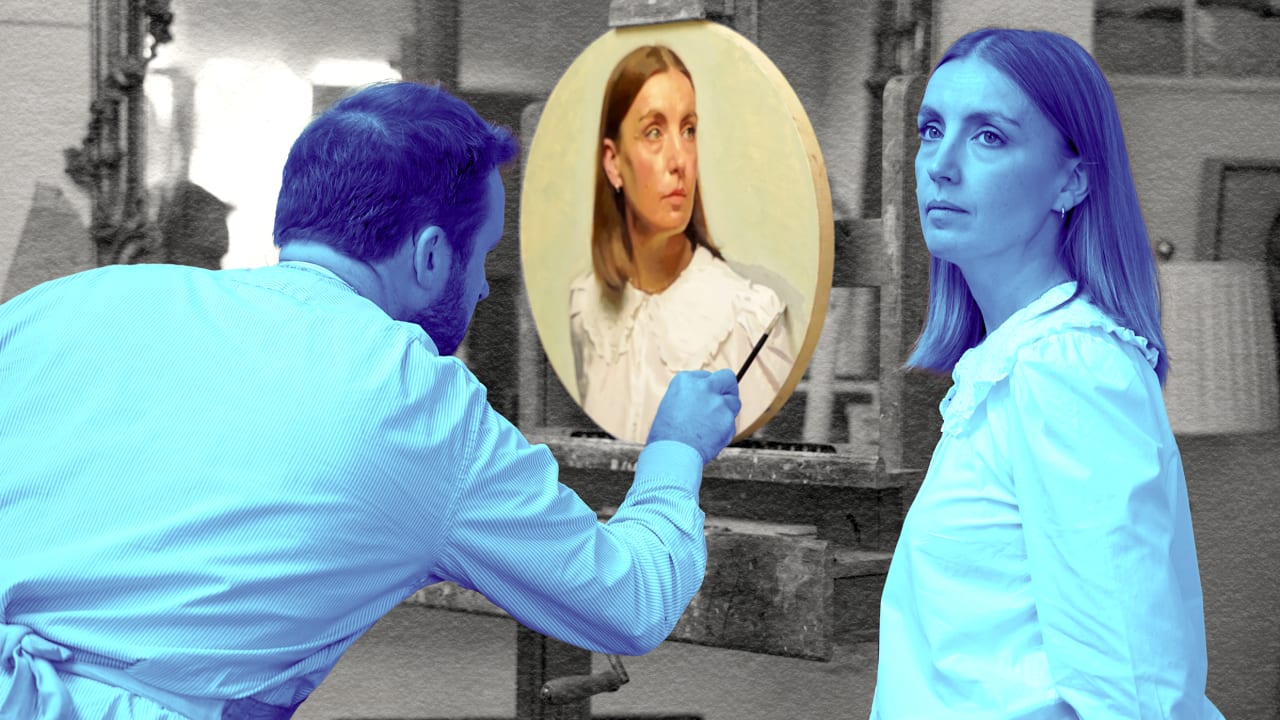
A little over two years ago, AI avatars took the internet by storm as people flocked to apps like Lensa, which generated idealized, often fantastical portraits of themselves. But in the ever-elusive offline world, another, quieter trend has been bubbling up: real portraits, made by real people.
Portrait commissions have been on the rise. In 2024, the Royal Society of Portrait Painters, headquartered in London, saw a 40% increase in portrait commissions from American clients now make up roughly 20% of their total. “The U.S. has a fascination with the Royal Family more than we do sometimes,” says Martina Merelli, fine art commissions manager at the Royal Society of Portrait Painters. “It’s an acknowledgment of the quality of work.”
It’s no wonder Americans are fascinated. Since its founding in 1891, the Royal Society of Portrait Painters, also known as RP, has been the society of choice for the British Royal Family’s public and private commissions. Its members have famously painted the late Queen Elizabeth II, Princess Diana, the Duke of Edinburgh, the Prince and Princess of Wales, and Prince Harry. Notable figures like Dame Judy Dench, Sir David Attenborough, and Stephen Hawking have also been captured on canvas.

But the commission service isn’t limited to the elite. As long as you have disposable income (a head and shoulder begins at around $6,500) anyone can commission a portrait. At a time where AI is squashing many artists, this particular art form is enduring—perhaps as a symbol of our need for tangible human connection.
A brief history of portraiture
Portraits, like art more broadly, have long been seen as a mirror to society. Before the camera was invented, the only way to record someone’s likeness was to paint, or sculpt, a portrait of them.
But portraits were never just a record—they were signifiers of wealth, taste, and power. In ancient Egypt, painted portraits were placed over mummies to guide them into the afterlife. In Ancient Rome, they were used to commemorate the dead and assert lineage. Emperors used them to reinforce authority. Dictators turned them into propaganda tools.
One of the first portraits to depict a merchant couple from the middle ranks of society appeared during the Renaissance, when the focus expanded from rulers, nobility, and clergy, to wealthy merchants, bankers, and scholars.
Today, portraiture remains intertwined with global politics and economic tides. “It’s no secret that many of our clients are brokers, bankers, hedge fund managers—people whose decisions are deeply affected by how the market is going,” Merelli says.
In 2024, the U.K. saw two major elections. These ushered in a transition from a conservative to a Labour government that directly impacted the tax structures around private schooling. Merelli recalls one acquaintance with three daughters in private schools remarking that taxation money used to be their art money.
The new faces of portraiture
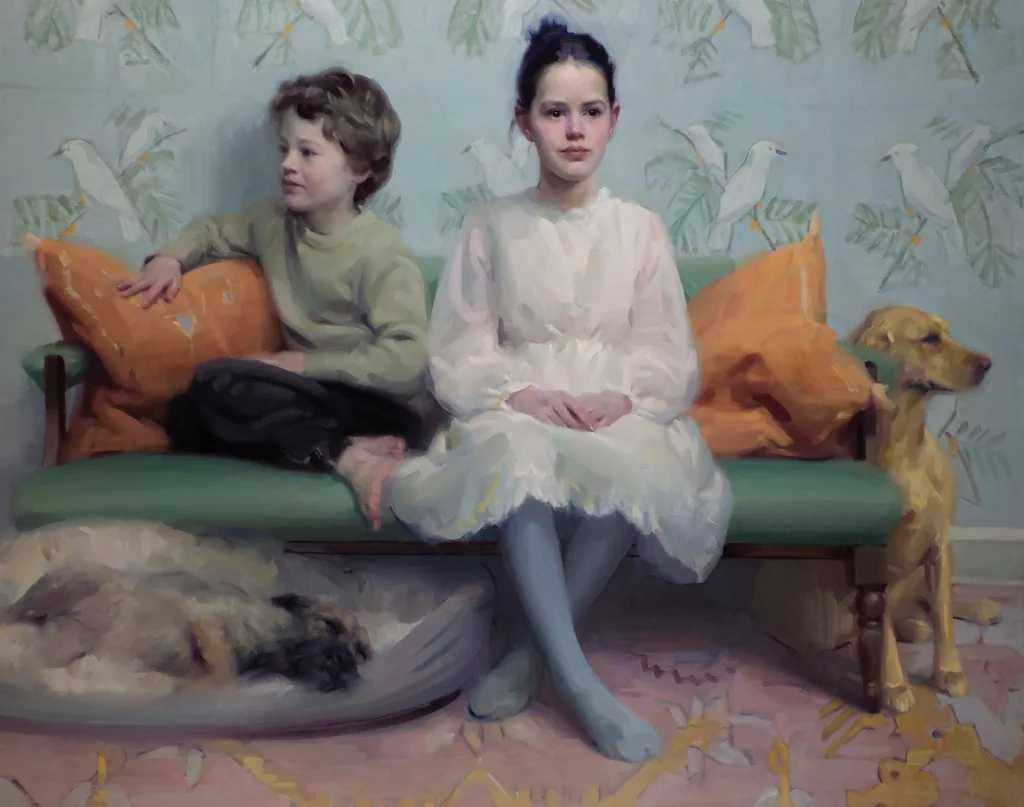
Despite its exclusive history, over the past few decades, the art of portraiture has become more accessible. Frances Bell, an RP member who has been painting portraits for over 20 years, says her clientele now includes newlyweds, young professionals, and parents wanting to leave behind a tangible heirloom. “It’s a time stamp,” she says. “Something important they will carry on.”
Institutional portraits of CEOs, lawyers, chancellors, and the like still account for a big portion of the market. (Bell has also painted members of the royal family but these are cloaked in NDAs.) She believes the impulse behind a portrait commission often goes deeper than vanity. “I’m not saying it’s not there, I think it’s there for all of us, but I get people who want a little thrum of the life force to be put on into the canvas to last forever,” she says. “It’s that feeling of posterity, and permanence.”
Unsurprisingly, that kind of posterity doesn’t come cheap. Merelli—who often acts as “cupid” between prospective clients and painters at the RP—says the average price for a portrait in 2025 has decreased from what it used to be, but it still hovers around $13,000–$20,000. “You can go up to $130,000 depending who the artist is, what brief you have, but a comfortable number is probably $66,000 to $80,000 if you want a full length of yourself with your house in the background and the dogs.” (Frances, who was trained at the prestigious Charles. H. Cecil Studios in Florence, charges $10,000 and upwards for a head and shoulders painting—or about $4,000 for a charcoal drawing.)
A proud antithesis to AI
That portraiture remains popular is both a rejection of the zeitgeist and, paradoxically, a natural extension of it. It is a slow process that can take countless hours over many sittings, and that is precisely why it is appealing. “It’s quite confessional,” says Bell, who places great importance on the in-person sittings. “I have their secrets coming out of my ears.”
Everyone interviewed for this story emphasized the intimacy of the sitting process. Something about two people breathing the same air, in the same room, and looking at each other for hours. For Anthony Connolly, president of the Royal Society of Portrait Painters, this dynamic even shapes the vocabulary painters use. While photographs shoot, painters find a presence, come to a lightness. “You’re there, with your model and it’s like a triangular conversation, where the third point of the triangle is the thing you’re making,” says Connolly.
The connection goes both ways. For the painter, it’s an act of seeing. For the sitter, it’s an act of being seen. It’s a bonding experience—an art form—that no algorithm can ever replicate.
An investment piece
Claudia Fisher, an American who moved to the UK around the beginning of the pandemic, was not allowed to divulge the cost of her painting—a head and shoulder by painter Paul Brason. Having never owned a piece of art before, the cost was “one giant gulp,” she says. But she has no regrets.
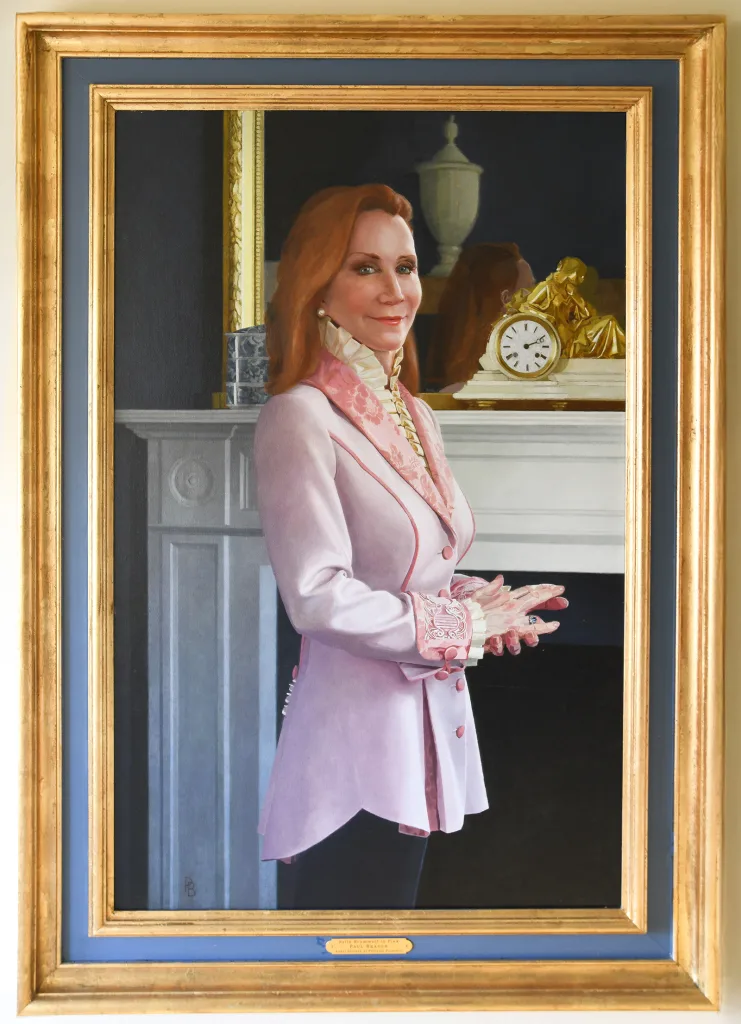
Fisher, now 69, was reading a book about the social history of tiaras when I called her. After a multifaceted career as an opera singer and a classical architecture designer, she has turned to fashion and today runs a fashion label called Belle Brummell, which makes luxury jackets inspired by 18th and 19th century British couture.
Fisher wanted her portrait to act as a marketing tool for her designs. She had just wrapped up the first prototype of her jacket, when it dawned on her: what better way to evoke the historical spirit of her brand than to be portrayed in one of her own designs, in a composition reminiscent of the era? “I’ve always loved the idea of getting a portrait done because I had vision of myself being in a gorgeous dress,” she says with a laugh. “It wasn’t about immortalizing me, I just wanted a pretty dress.” She got a pretty jacket instead.
Fisher made four separate trips to Bath, where Brason lives, on four separate occasions. Brason also traveled to her and her husband’s house in Brighton to get a sense of her personality at home, take reference photos, and do a pencil sketch. The two are still in touch. “If we’re in the area I’ll call and see if he’s around,” she says. “These relationships continue.”






